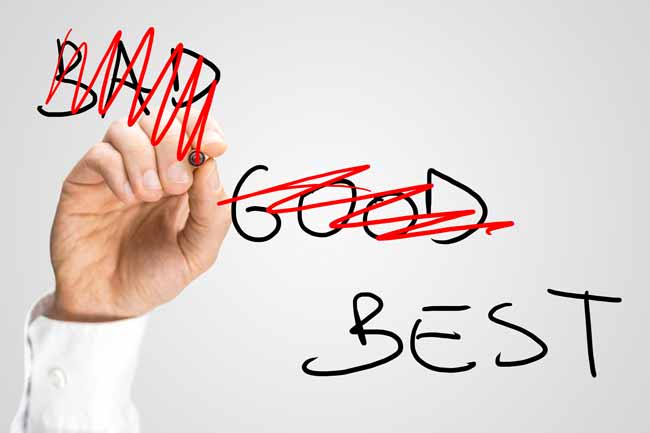Day: May 31, 2019
5 Essential Steps For Smart Economic Development and Retail Growth
Posted by Retail Attractions Blog on May 31, 2019 in Blog | No Comments
Is your city ready for economic development and retail growth?
Most cities want to grow and develop their economies. But you’re not going to achieve that goal without taking steps toward building a smart economic development strategy.
No matter what your city’s particular situation, you’ll benefit from taking the time to define your strategy. Putting in this prep-work in helps ensure your economic development efforts will meet the community’s needs and goals. Here are five essential steps to help you get started.

1) Choose Where To Focus
The first step in planning economic development and growth is to choose where you’ll focus your efforts. Each location, neighborhood, or area that you choose as a focus will have distinct goals.
There’s not a one-size-fits-all solution for economic development. Your strategy is going to depend on the area of focus. For example, goals when developing an industrial area will be different than when working in a downtown shopping district.
2) See Where You’re At
Once you decide what areas you’re going to focus on, take a close look at what you have to work with. This should include a history of the work done in this location as well as the impact it had. You’ll also want to take into account information related to the current state of the area.
At this stage, data collection and analysis should focus on helping you identify the existing condition and challenges in the target area. This data will help you define goals for the area. This doesn’t necessarily involve extensive data collection – only the information you need to start setting goals.
3) Set Goals
Now that you’ve chosen a focus area and collected data related to that area, it’s time to define clear goals for your economic development strategy. The specific goals will depend on your area’s needs, but as a general rule the goals should line-up with key concepts for economic development. This includes supporting and attracting businesses, supporting workers, and supporting quality of life.
4) Identify Existing Barriers
Now that you’ve defined your goals, you have the information you need to identify barriers that might stand in the way. This step helps ensure that you’re shaping your economic development strategy in a way that equips you to meet all the challenges posed by the location you’re developing.
For example, let’s suppose your focus area is a downtown shopping district and your goal is to make this area more vibrant. Barriers to achieving that goal might include outdated retail space, lack of convenient parking, and/or property owners who don’t share your goals.
5) Use The Right Tools
Identifying barriers to achieving your goals helps you figure out what types of tools you’ll need to overcome those obstacles. These tools typically include policy changes or actions that communities can take to help the development process work more smoothly. Examples include streamlining the permitting processes or incentivizing property owners.
Hiring an expert consultant is another valuable step you can take toward overcoming obstacles related to economic development. Here at Retail Attractions, we have extensive experience helping cities achieve their goals related to economic development and retail growth. Just contact us today to get started.
